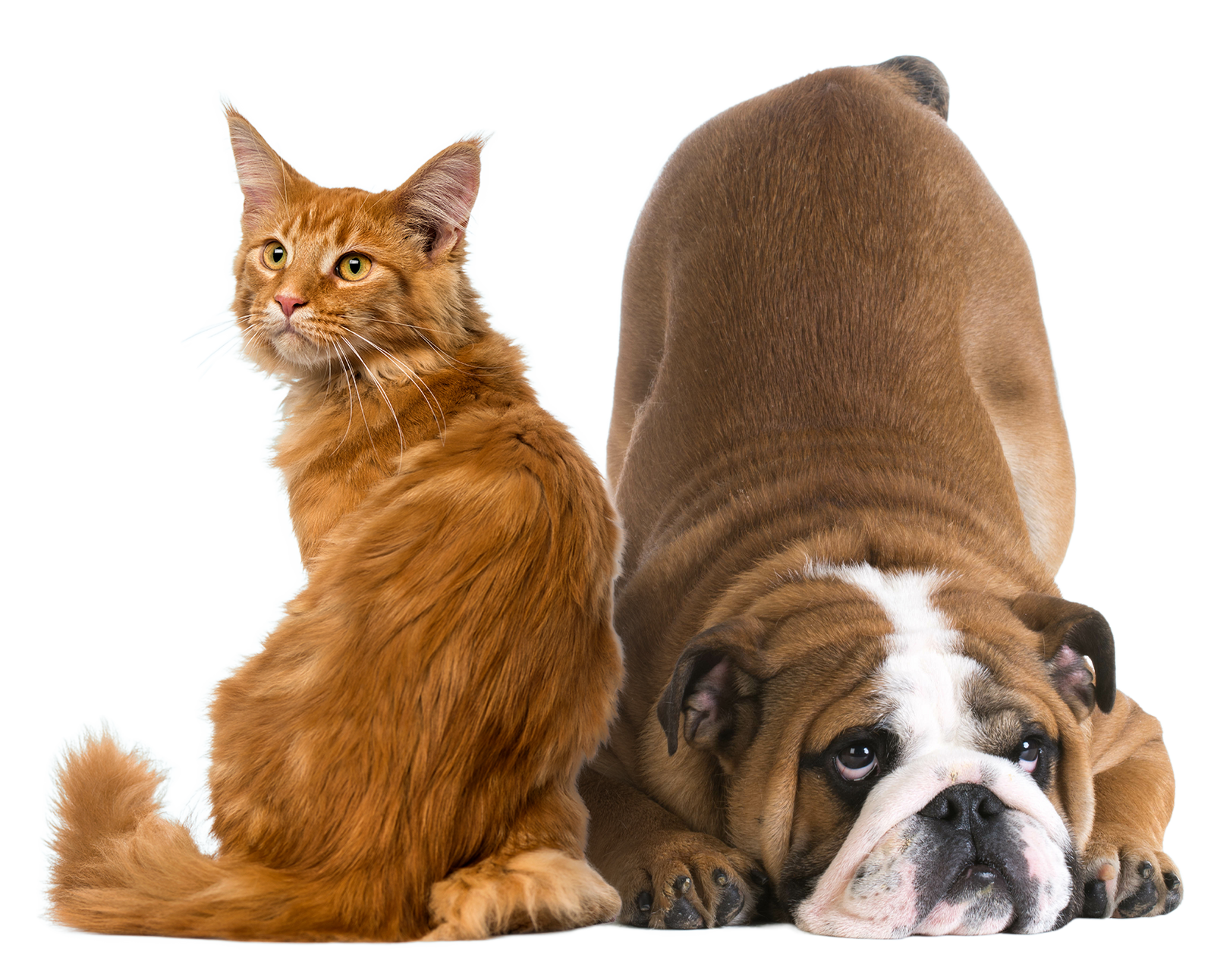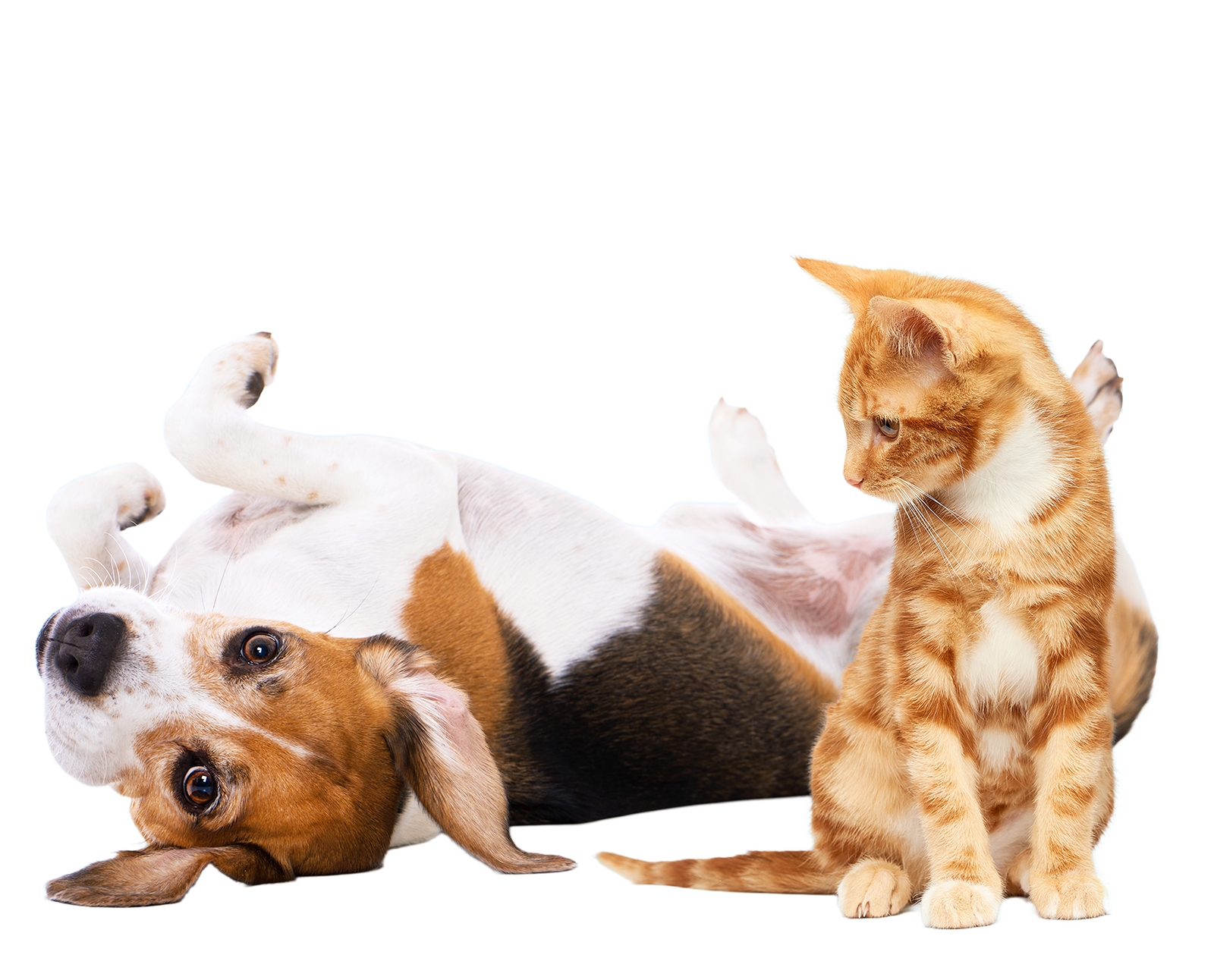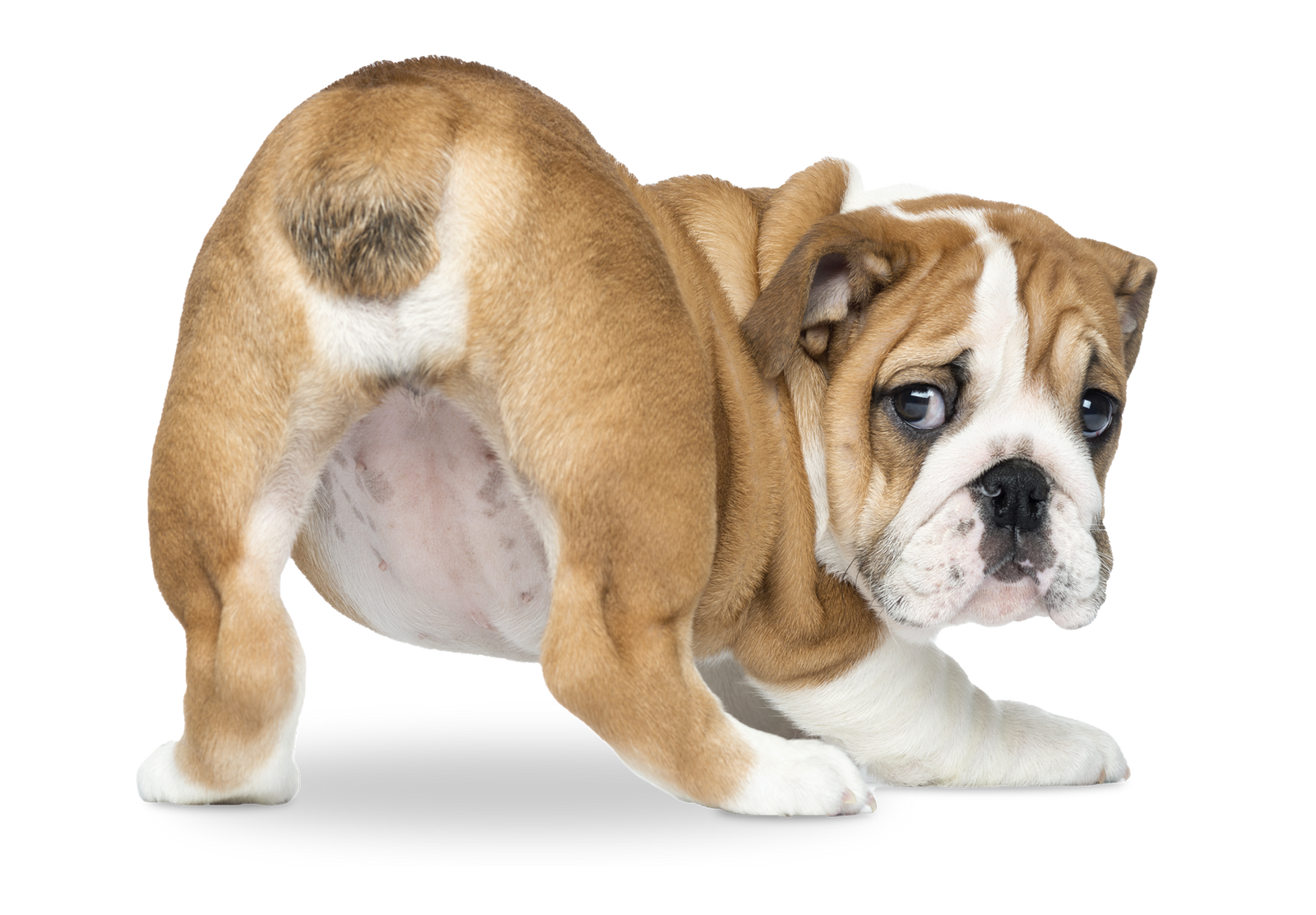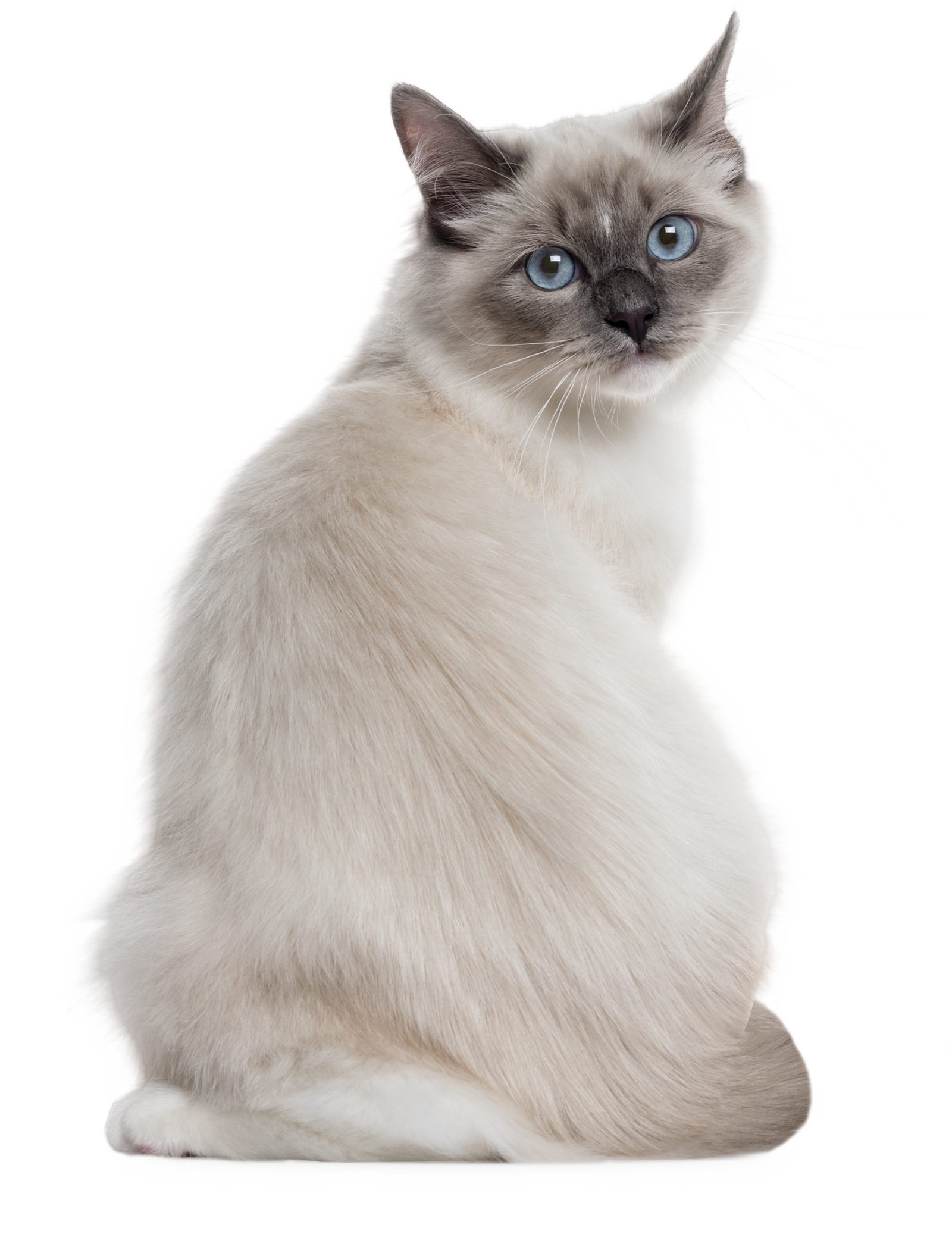IS MY CAT EXPERIENCING ANAL GLAND PROBLEMS?
Cats. Beloved pets that are equal parts adorable and mysterious. Our feline friends can be sly communicators, so staying on top of their health and well-being is important. Cats display some unusual symptoms when they are feeling digestive or rectal distress. Understanding a bit about your cat’s anatomy, especially where anal gland health is concerned, will help you get to the ‘bottom’ of their atypical behavior.

HOW DO YOU KNOW IF YOUR CAT IS EXPERIENCING ANAL GLAND PROBLEMS?
For new pet owners, it is helpful to start with Cat Anal Glands 101. The anal glands are two small holes that can be found on either side of your cat’s rectal opening. Similar to dogs who pee on your neighborhood fire hydrant or shady tree, cats have anal glands to help them mark their territory through fluid secretion.
These glands emit a foul-smelling liquid when your cat defecates, and this liquid is also occasionally released when your cat feels threatened (similar to our less household-friendly friend, the skunk).
Cat’s anal glands normally function well on their own. However, there are many anal gland problems that can quickly compromise your cat’s health. If you notice your cat scooting their bum across the floor, it could be a sign of an anal gland issue.
WHAT ARE THE SYMPTOMS OF ANAL GLAND DISTRESS?
Some other signs and symptoms to look for in your cat include:
- Repeated licking of the rectal area
- Defecating outside of the litter box, or leaking brown fluid
- Foul smelling waste, or general unpleasant odor
Anal gland problems result from your cat’s anal glands becoming clogged, which means that the glandular fluid is unable to be expressed and can become impacted. This causes bacteria to build up, which can lead to infections or even a painful abscess.
Some common anal gland problems to look out for in your cat include the following.
ANAL GLAND INFLAMMATION.
Any amount of irritation and inflammation of the anal glands can cause them to swell, which makes it difficult for fluids to empty and leads to further impaction.
ANAL GLAND INFECTION.
An internal glandular infection can cause the anal sac fluid to become thickened with bacteria, and unable to express.
ANAL GLAND TUMORS.
If a tumor or growth happens to emerge in or around the anal gland, it could be physically blocking the anal gland duct.
These symptoms can be scary, but it is important to know that a fiber balanced diet can help!
HOW CAN FIBER HELP WITH TREATING ANAL GLAND PROBLEMS IN CATS?
Using a mix-in powder fiber supplement for cats can help contribute to firm, healthy stool. When your cat’s stool is firm and bulky, the proper amount of pressure is applied to the anal glands for stool expulsion. Without enough fiber, your cat may struggle to properly expel anal gland fluids.
Fortunately, there are many treatments and preventative measures available to help you and your cat navigate the unpleasant experience of anal gland problems.





